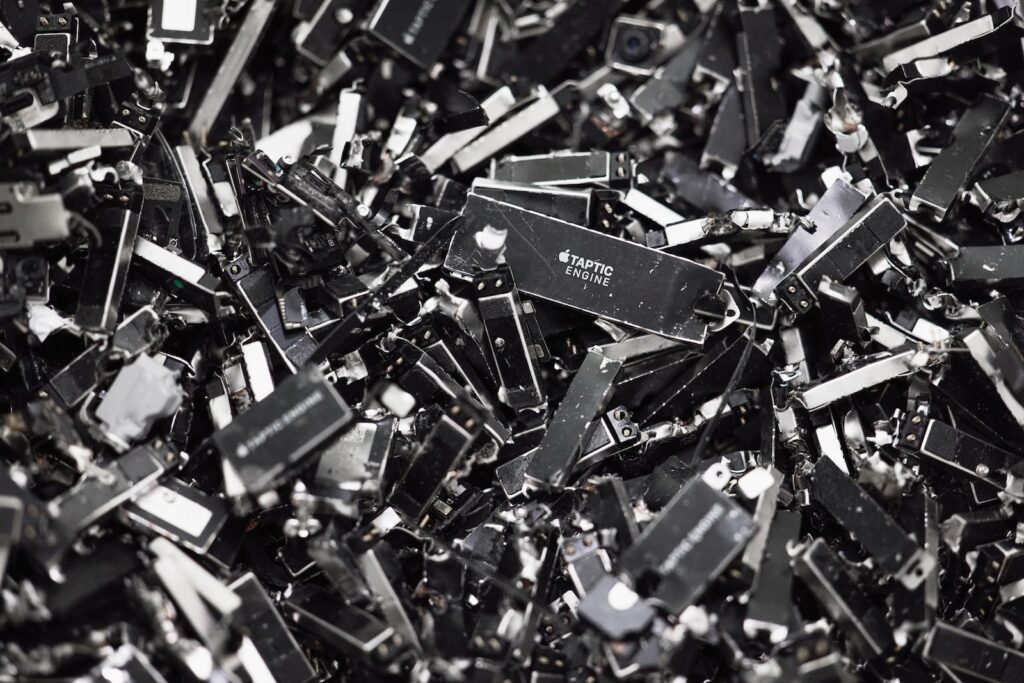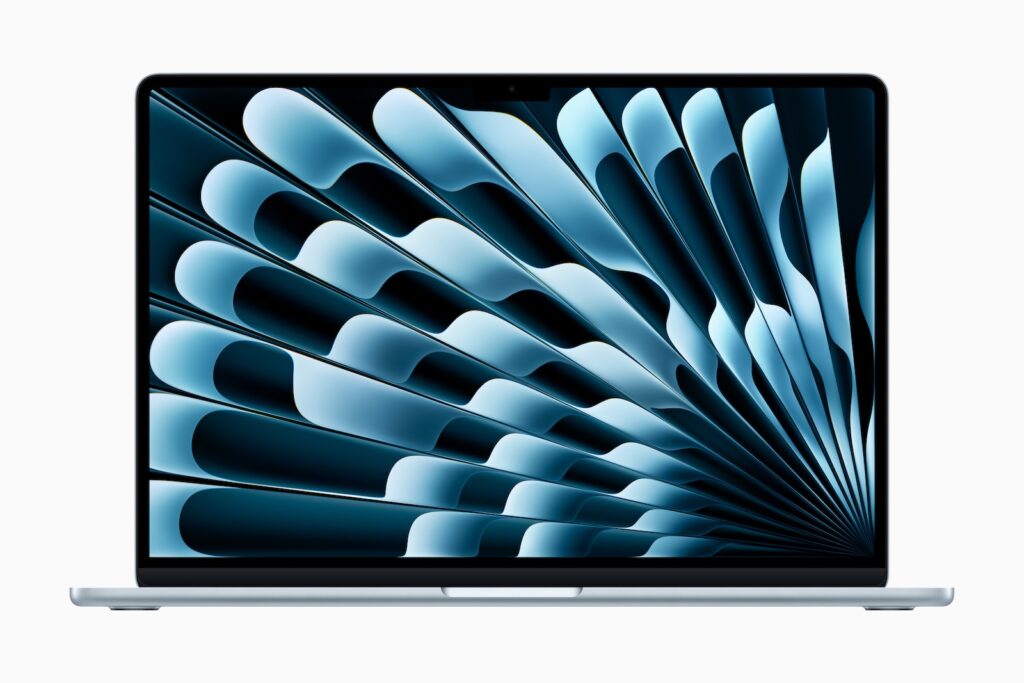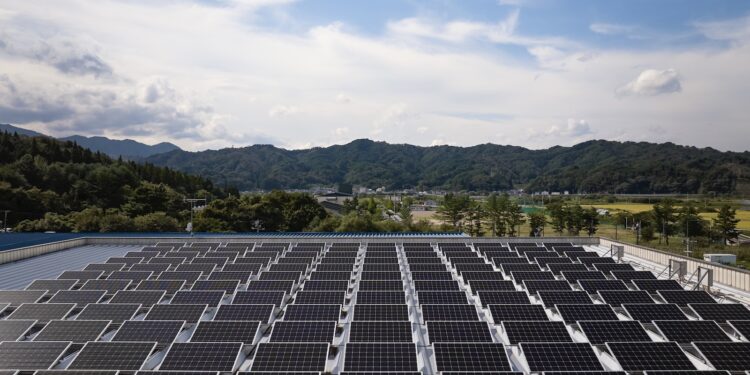Apple is more than just technology. Behind the devices you use every day is a company with a clear plan for the planet. Just in time for Earth Day, Apple is setting new records for climate protection – proving that innovation and sustainability are not mutually exclusive. If you want to know how Apple is drastically reducing its ecological footprint and what you can do to help, read on.
With its "Apple 2030" environmental strategy, Apple is pursuing an ambitious goal: By 2030, the entire company—from production to the supply chain to its products—aims to be carbon neutral. Impressive figures demonstrate that this is no empty promise: Since 2015, Apple has already reduced its global greenhouse gas emissions by over 60 percent. This progress is not only measurable, but tangible—for the environment and for you as a user.
Clean energy – a global network for climate protection
Apple is investing heavily in renewable energy. 17.8 gigawatts of clean energy are now connected to the grid in its supply chain. This means fewer CO₂ emissions in the production of your Apple devices. In 2024 alone, this saved 21.8 million tons of greenhouse gases—17 percent more than the previous year.
Recycling at the highest level
Apple already uses 99 percent recycled rare earth elements in all its magnets and 99 percent recycled cobalt in all its self-developed batteries. This applies to almost all the devices you use—from the iPhone to the Apple Watch to the Mac. This conserves resources and complies with environmental standards.

Advances in semiconductor and display production
The production of semiconductors and displays typically produces particularly climate-damaging gases. Apple has set new standards here: 26 semiconductor suppliers and all display suppliers have committed to reducing harmful F-gases by at least 90 percent by 2030. This not only helps Apple—other customers of these suppliers also benefit from these advances.
Less waste, more efficiency
Since launching the Zero Waste program, Apple suppliers have been able to divert over 3.6 million tons of waste from landfills. This corresponds to an area of 4.5 million square meters. Apple also relies on reusable materials, conserves water, and consistently optimizes its manufacturing processes.
Products with a green footprint
Apple products are becoming increasingly climate-friendly. The new MacBook Air is made from over 55 percent recycled materials—more than any other Apple device before it. The Apple Watch also comes in a carbon-neutral version, and the Mac mini was Apple's first carbon-neutral computer. So when you buy a new device, you can consciously choose a more sustainable product.

Saving water systematically
Apple not only saves emissions, but also water. Over 90 billion liters of freshwater have already been saved through the Supplier Clean Water Program. In 2024 alone, 14 billion liters were saved. Apple plans to reuse 100 percent of the water used in polluted regions by 2030—and has already secured 40 percent of this goal.
Your contribution counts – especially on Earth Day
From April 16 to May 16, you can recycle old devices at Apple Stores and receive a 10 percent discount on accessories. Apple is also offering a wealth of interactive content for Earth Day—for example, workouts with Apple Watch, new episodes on Apple Fitness+, nature-themed movies and series on Apple TV+, and tips for sustainable behavior in everyday life via the Tips app (via newsroom).
Apple products as part of your sustainable decision
Apple impressively demonstrates that technological innovation and active environmental protection can go hand in hand. When you choose an Apple product, you're not just supporting a company with ambitious goals—you're becoming part of that change yourself. Recycle your old devices, learn about sustainable features on your iPhone, and take advantage of the opportunities Apple offers to act more consciously. Apple is making a difference—and you can be part of it. (Image: Apple)
- New era for the iPhone: What Apple plans for the next few years
- Trump helps Apple with tariffs – after talks with Tim Cook





